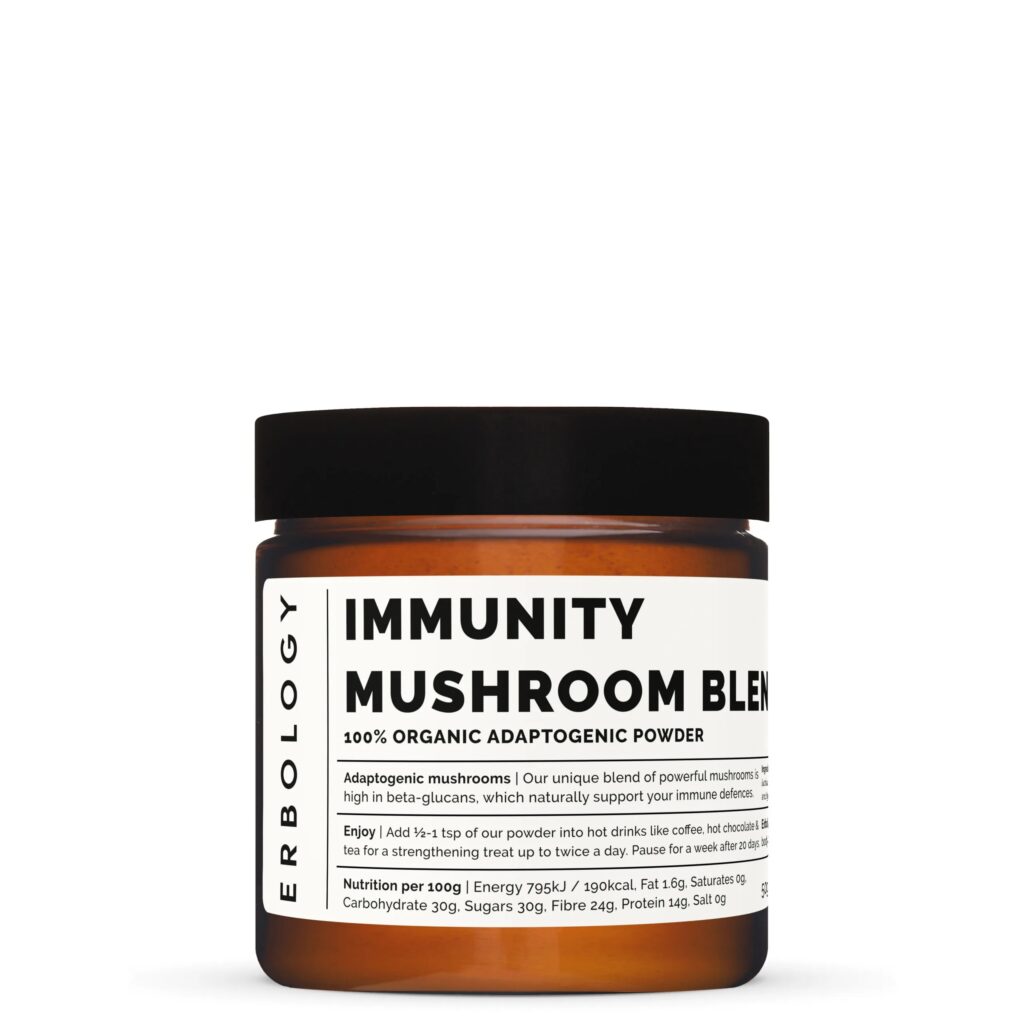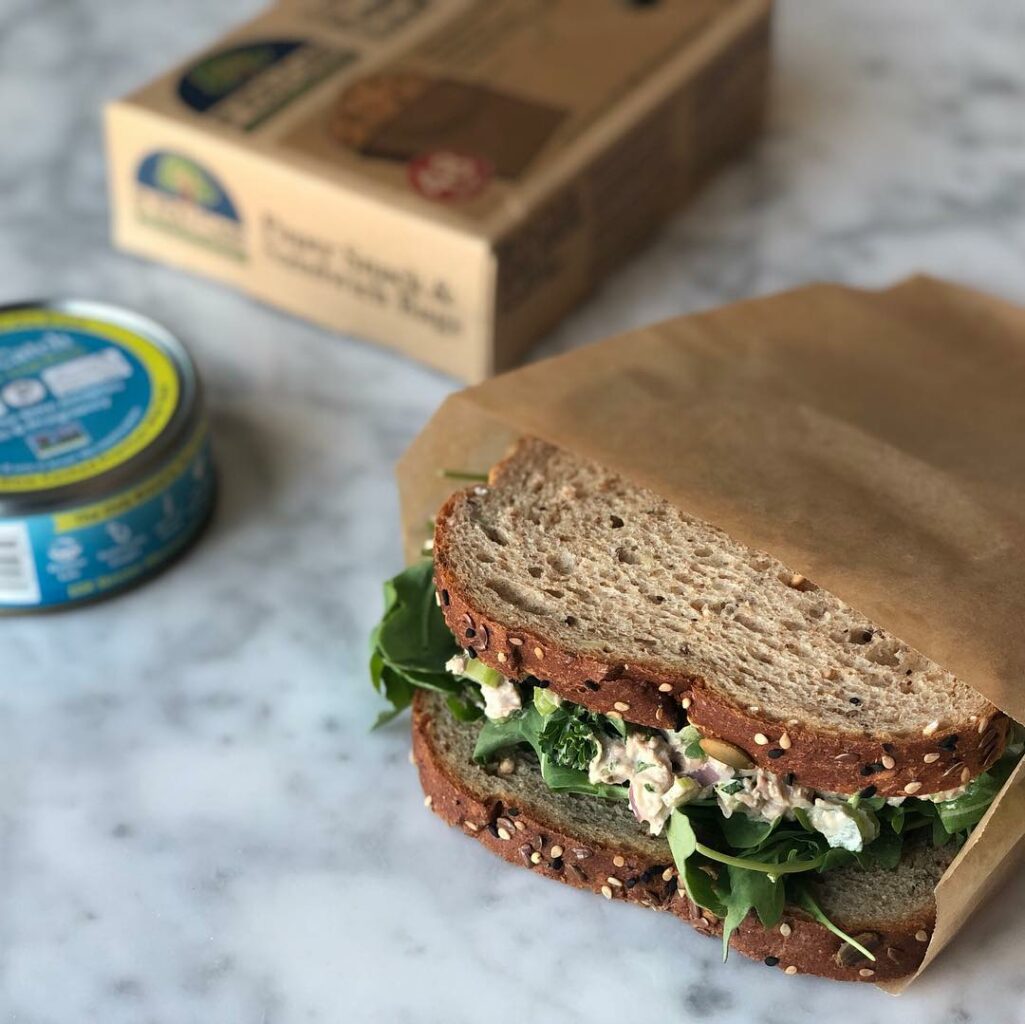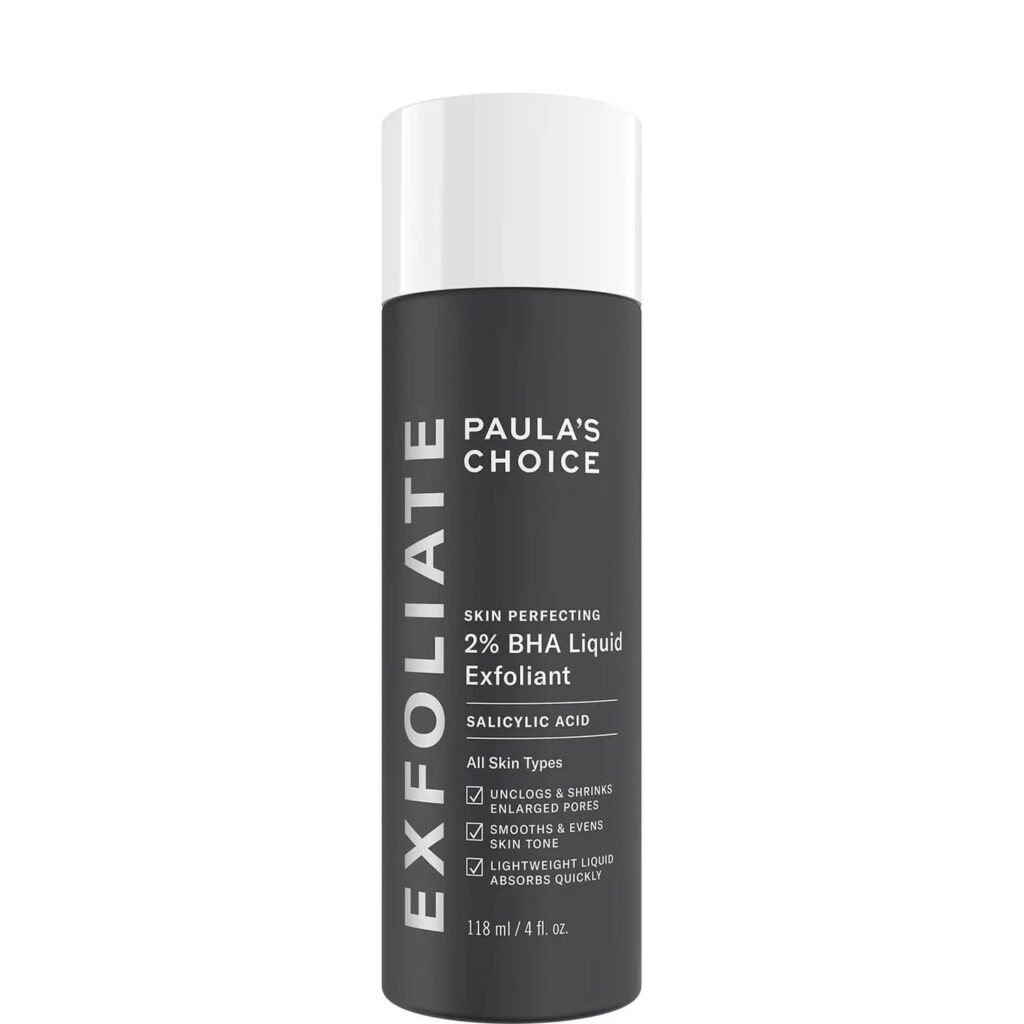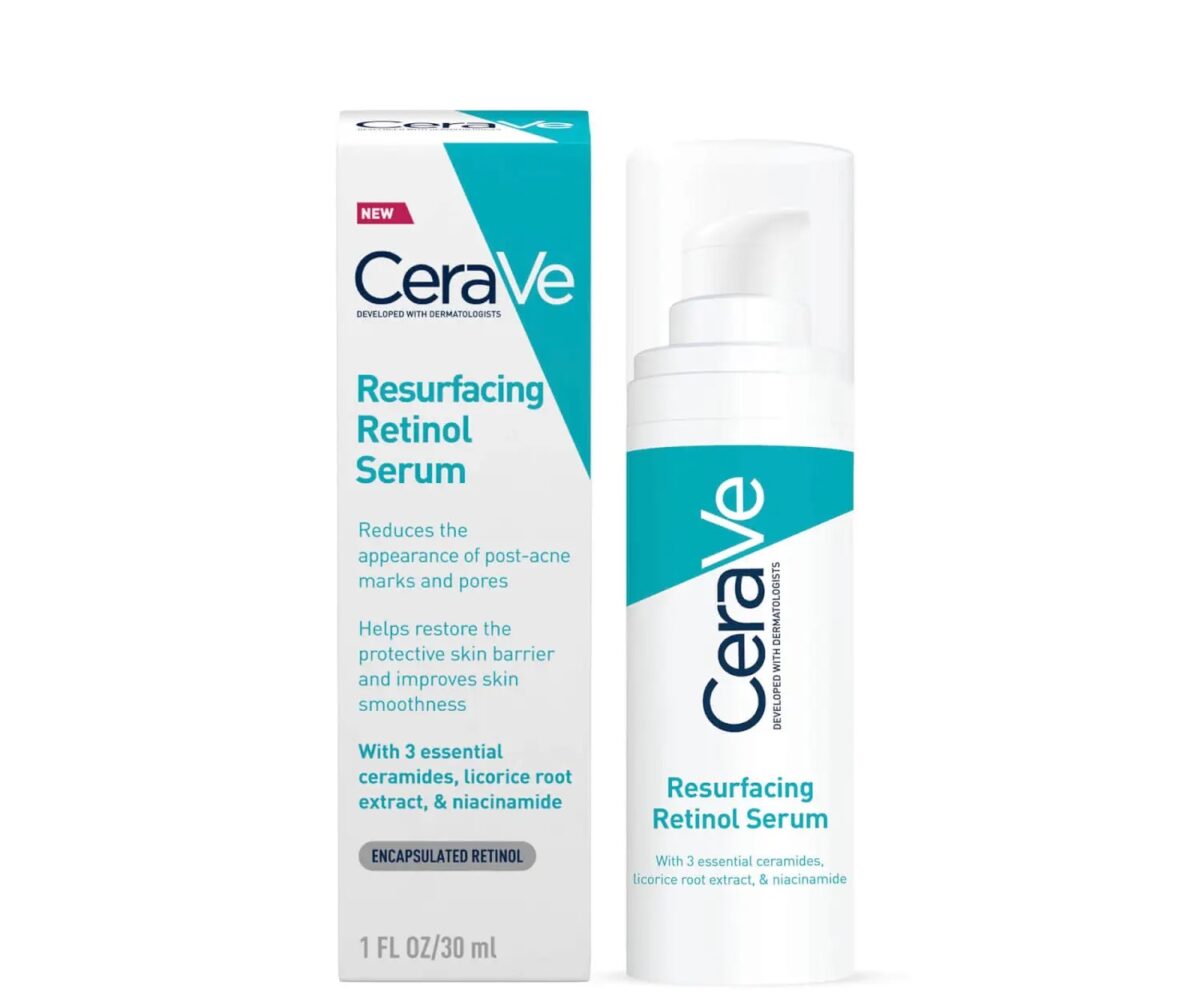Keeping up with the latest trends and buzz-world ingredients in the beauty world is no easy feat. One day everyone’s raving about retinol, the next we should be swapping it out for bakuchiol, or we should be slathering snail slime on our skin. Yes, really. So, when a natural ingredient has stood the test of time and can be used on all skin types to calm, soothe and hydrate, slow ageing and load it with antioxidants, our attention is piqued. Enter aloe vera: a succulent plant with a gel-like substance in its leaves that has been prized for centuries for its beauty-enhancing properties.
“Aloe vera is a plant extract used widely in skincare for its ability to soothe inflamed skin. It’s a common ingredient in after-sun products for that reason,” explains cosmetic dermatologist Dr. Sam Bunting. “It also possesses antioxidant properties and isn’t occlusive, so it’s kind to acne-prone skin, which is why I included it in our best-selling ‘Flawless Cleanser.’ Its versatility makes it suitable for all ages throughout the year – not just for summer.”
So, if you thought aloe vera was reserved solely for those post-sun soothing gels, think again. Because whilst it works wonders to relieve stressed-out skin, it also brings a whole other host of beauty benefits to the table. “The leaf gel is the most effective part of the aloe vera plant and has been used in after sun products for many years to soothe and calm redness and sunburn,” says Rebecca Nicholls, Global Educator at Jurlique. “Skin sensitivity is on the increase. Environment, pollution, stress and lifestyle changes mean many more people are finding their skin gets irritated, red and reactive. This has seen an increase in skincare containing aloe vera as it’s so effective for calming, soothing and hydrating the skin.”
First and foremost, aloe vera is renowned for its hydrating properties. Its gel-like texture is chock-full of moisture, making it an excellent hydrator for both the face and body. Its lightweight and non-greasy consistency is easily absorbed, leaving your skin feeling soft and supple without any residue. It’s also packed with essential vitamins and minerals that promote healthy, glowing skin, including vitamins A, C, and E, which are known for their antioxidant properties. Read: fighting off free radicals that contribute to premature ageing. Yes, that means incorporating aloe vera into your skincare routine can help minimise fine lines and wrinkles, in turn helping you look younger for longer. Yes, please.
But aloe vera’s benefits don’t stop there – it is also a saviour for troubled skin. If you suffer from acne or occasional breakouts, it can be a game-changer. Its antibacterial and anti-inflammatory properties help reduce redness and inflammation, calming down angry blemishes. Its gentle nature also makes it suitable for all skin types, including sensitive skin that is easily irritated by harsh chemicals.
When it comes to hair care, it’s equally impressive. Its moisturising properties help nourish the scalp, in turn promoting healthier hair growth. If you struggle with dandruff or a dry, itchy head, aloe vera can provide relief and restore balance. It also helps to strengthen the hair shaft, reducing breakage and frizz, resulting in shiny, manageable locks. Basically, you should be covering yourself in the stuff, from head to toe.
One of the best things about aloe vera is its versatility. With so many options available, incorporating it into your beauty routine is a breeze. You can use it as a face mask, mix it with your favourite moisturiser or conditioner, or even apply it directly to your skin and hair. Of course, we’ve done the hard work for you, rounding up some of the best aloe vera-packed products on the market. Whether you’re in need of a soothing remedy for sunburn, a cleanser that leaves your skin glowing, or a solution for your hair woes, we’ve got you covered.


Jurlique ‘Exclusive Edition Aloe Vera Mist’ – £36
“Our new ‘Exclusive Edition Aloe Vera Mist’ creates a sensory misting moment of self-care that will leave skin feeling fresh and senses awakened,” reveals Nicholls. “A light, refreshing mist, it features our farm-grown aloe vera and naturally derived humectants to hydrate the skin – perfect to use twice a day to hydrate and prepare the skin before your choice of serum and moisturiser. It can also be used for instant hydration on the go and can be used anytime throughout the day when you want to give your skin a burst of hydration.”

Dr. Sam’s ‘Flawless Cleanser’ – £18
Combing the “gentle, soothing, hydrating, antibacterial and calming properties” of aloe vera with allantoin – a naturally occurring compound that soothes sensitivity, Dr. Sam’s brilliant jelly cleanser is pH balanced, non-comedogenic and fragrance-free, making it a must-have for effective but gentle facial cleansing. Simply massage into the skin to melt away daily dirt and grime and say hello to a flawless face.

Nature Republic ‘Real Nature Aloe Mask Sheet’ – £1.95
Hailing from South Korea (aka the hub of skincare trends), this nifty sheet mask is drenched in aloe vera and works in just 10 minutes to soothe skin and restore moisture levels. Simply place over the skin, pat on, let its cooling, watery formula sink in, and peel off. Top tip: Keep it in the fridge first or an extra refreshing hit.

Hair Proud ‘Revive & Repair Conditioner’– £7.95
As we mentioned, aloe vera is the secret to luscious locks, fast. So, swap out your regular conditioner for this aloe-packed offering from Hair Proud. Lightweight and brimming with antioxidants, niacinamide, vitamins, proteins and – of course – aloe vera, it revives damaged hair, increases strength, and promotes growth, all without weighing hair down. All with a delicious fruity citrus scent to boot.

Bali Body Face Tan Mist – £25.95
We all know aloe vera is good for skin post-tanning, but it’s also an amazing addition to bronzing boosters too. This clever tanning spray makes prolonging your summer glow quick and easy thanks to micro mist technology and 100% natural DHA formula that ensures no streaks or tell-tale lines. Plus, thanks to added aloe vera, hyaluronic acid, jojoba oil and rose water, it imparts instant dewiness and helps soothe skin to boost your glow from within.
words by Frankie Rozwadowska








































































